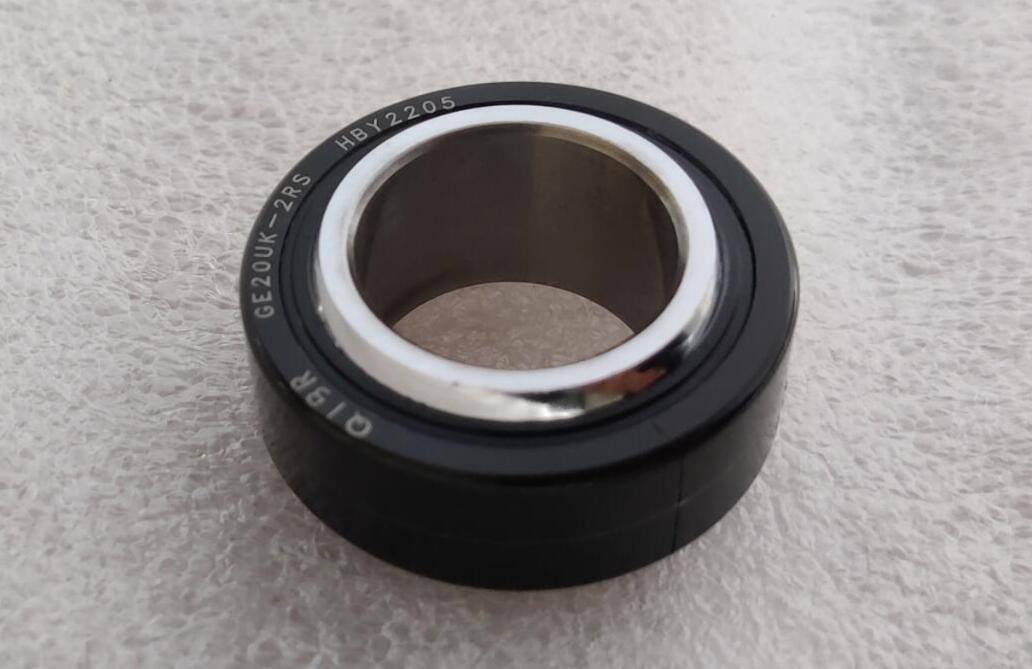Newsroom
What are the classifications of spherical bearings?
2024-08-13Spherical plain bearings are spherical sliding bearings with an inner spherical surface and an outer spherical surface in sliding contact. They can rotate and swing at any angle during movement. They are made by using a variety of special processing methods such as surface phosphating, blasting, inserting, spraying, etc. Spherical plain bearings have the characteristics of large load capacity, impact resistance, corrosion resistance, wear resistance, self-aligning, and good lubrication.

Classification of spherical plain bearings: radial spherical plain bearings, angular contact spherical plain bearings, thrust spherical plain bearings, and rod end spherical plain bearings.
● According to different classification methods, spherical plain bearings are divided into the following categories according to the direction of the load they can bear or the nominal contact angle.
1. Radial spherical plain bearings - used to bear radial loads, with a nominal contact angle ranging from 0 degrees to 45 degrees. According to their nominal contact angles, they can be divided into:
- Radial contact radial spherical plain bearings - radial spherical plain bearings with a nominal contact angle of 0 degrees are suitable for bearing radial loads. But they can also bear small axial loads while bearing radial loads.
- Angular contact radial spherical plain bearings - radial spherical plain bearings with a nominal contact angle greater than 0 degrees but less than or equal to 45 degrees can bear the combined load of radial loads and axial loads acting simultaneously.
2. Thrust spherical bearings - used to bear axial loads, with a nominal contact angle greater than 45 degrees to 90 degrees. According to the different nominal contact angles, they can be divided into:
- Axial contact thrust spherical bearings - thrust spherical bearings with a nominal contact angle of 90 degrees are suitable for bearing pure axial loads.
- Angular contact thrust spherical bearings - thrust spherical bearings with a nominal contact angle greater than 45 degrees but less than 90 degrees are suitable for bearing axial loads, but can also bear combined loads (at this time, the radial load value shall not be greater than 0.5 times the axial load).
● According to the structure of its outer ring, spherical bearings are divided into:
- Integral outer ring spherical bearings;
- Double and half outer ring spherical bearings;
- Single-slit outer ring spherical bearings;
- Double-slit outer ring (split outer ring) spherical bearings.
● Spherical bearings are classified according to whether they are attached to rod ends or mounted on rod ends:
- General spherical bearings;
- Rod end spherical bearings.
● Spherical bearings are classified according to whether they need to be supplemented with lubricants during operation:
- Non-self-lubricating spherical bearings;
- Self-lubricating spherical bearings.
● Spherical bearings are classified according to the direction of the load they can bear, the nominal contact angle and the structural type:
- Radial spherical bearings
- Angular contact spherical bearings;
- Thrust spherical bearings
- Rod end spherical bearings.
Spherical bearings are widely used in various engineering machinery, water conservancy and electricity, and other facilities with steering mechanisms.


